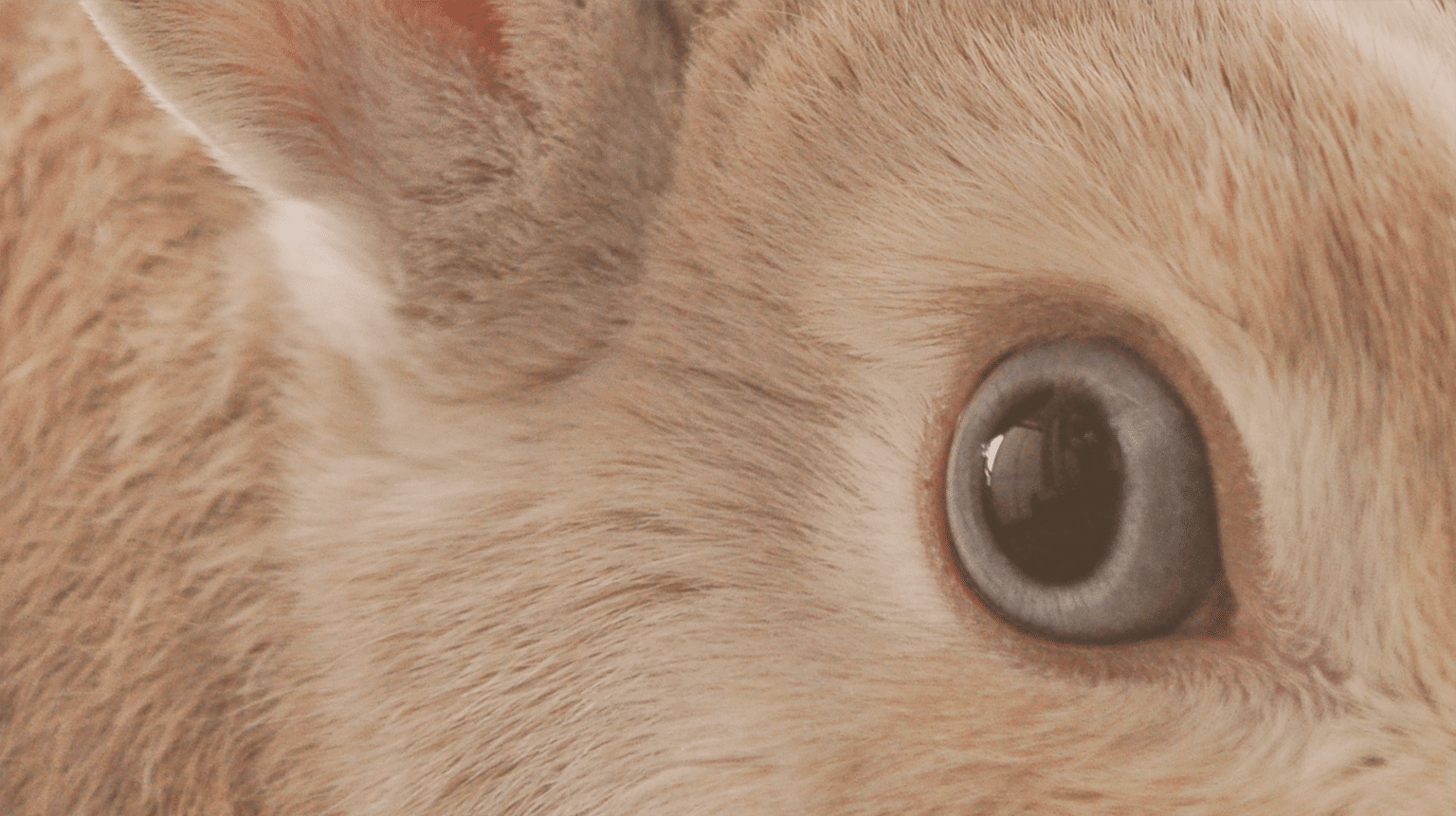Ideas. Magical creatures. Mysterious beasts. You have one. Or don’t. It can be good, bad, big or even bright. Some are free; others cost a lot. But what are they? And where do you get them? If it’s from within, is head or heart to thank?
No idea? Let’s have a think… Or a feel. Or, more pertinently, a look. Because if we go far enough back into the etymology of the word, ‘idea’, we reach the Proto-Indo-European root *weid, meaning ‘to see’. To have an idea, we have to be able to see it, which is perhaps why they’re so intimately associated with symbols of light. The park, the fire inside, the light bulb moment. All things the creative craves.
There’s little question that ideas are the preserve of the creative, in every artistic discipline, from design to animation to poetry. So, what does an idea look like to a creative? Talking to The Atlantic, visionary filmmaker and consummate eccentric, David Lynch suggested that ideas don’t come from within. Rather, we catch them outside. Like fish.
‘You don’t make the fish,’ he opined, ‘you catch the fish.’ The desire to have an idea, Lynch believed, is like lowering bait into the water. And you catch what you catch. These ‘beautiful gifts are not guaranteed. Nor are they original to the artist. They exist in the ether, ‘bubbling’, waiting to be found, and they’re easier to find when there’s ‘happiness in the doing’.

‘Ideas are like rabbits.’
In an uncanny coincidence, Nobel laureate for literature, John Steinbeck, also nominated an animal to represent ‘ideas’. Though his interpretation gave some authority back to the artist. For Steinbeck, ideas took the shape of a rabbit: ‘You get a couple and learn how to handle them, and pretty soon you have a dozen.’ So, here, ideas beget ideas. They multiply, procreate, breed. Like rabbits. But only if you go out into the wild and catch a couple first. They might be totally feral to begin with; ideas take training. But once they’re yours, they’re part of the imagination machine.
In a runaway success of a talk at TedGlobal 2010, science writer, Matt Ridley, expounded on what happens ‘[w]hen ideas have sex’, as his talk was titled. Much like with Steinbeck’s rabbits, Ridley’s thinking sees intercourse between two parties. He talks of ideas ‘meeting’ and ‘mating’, framing this exchange as cultural evolution’s version of sex.
Creative exchange, we’re told, is unique to humans. While sex allows ‘the individual to draw upon the genetic innovation of the whole species’, swapping and synthesising ideas between groups is the currency that human culture has needed to grow. The Neanderthals, Ridley emphasises, didn’t exchange between groups, and they paid the ultimate price of extinction.
If they come from inside or out, whether they’re exclusive to the creative or not, one thing is clear: ideas are fundamental to human enterprise. A communal currency that we must share if we hope to keep the lights on and continue seeing clearly.
Written by Hugh and Jamie.



